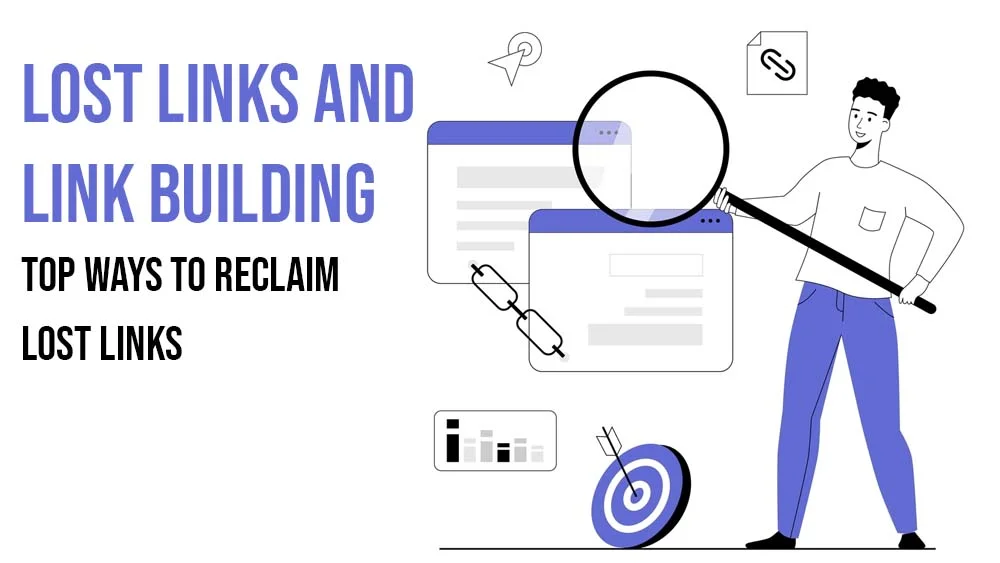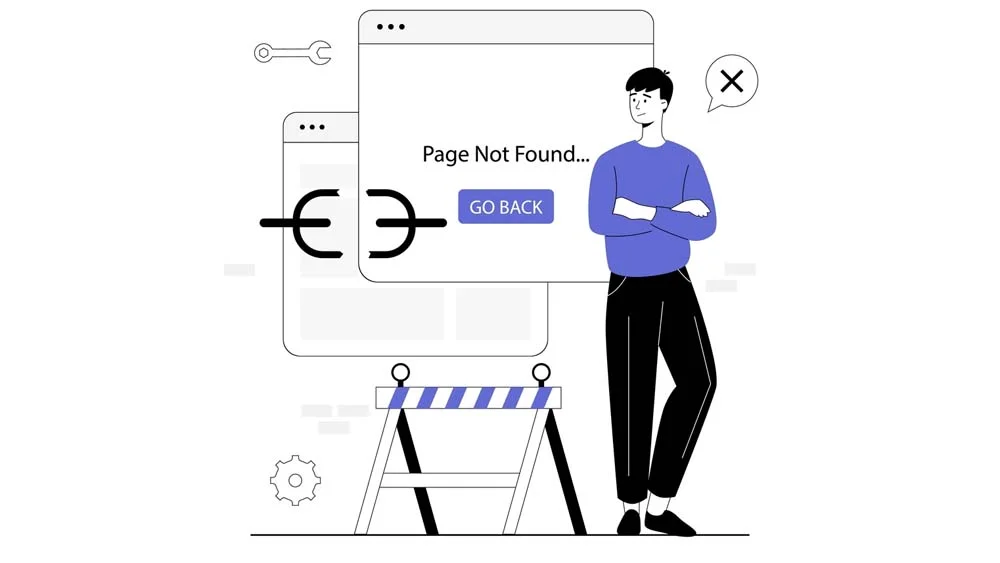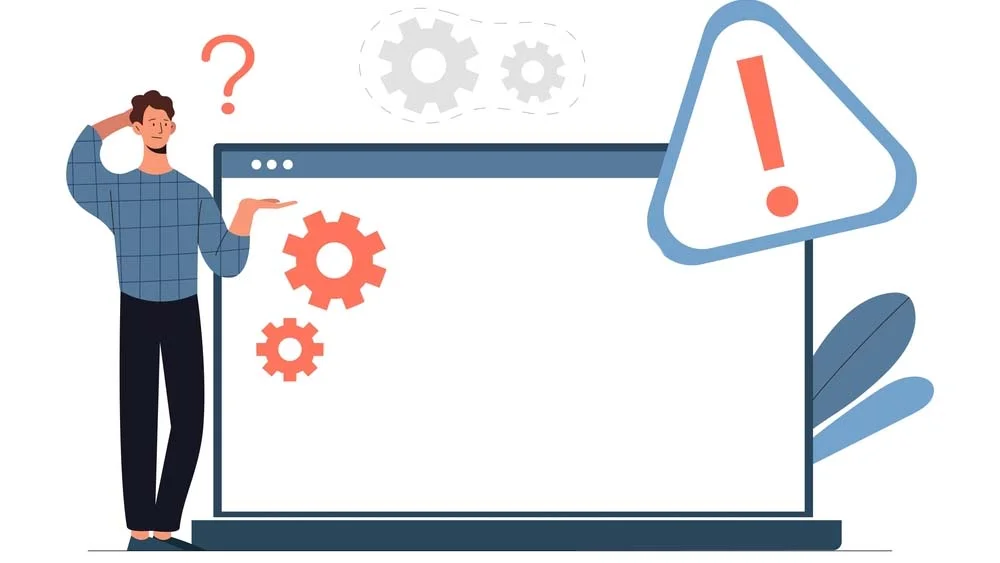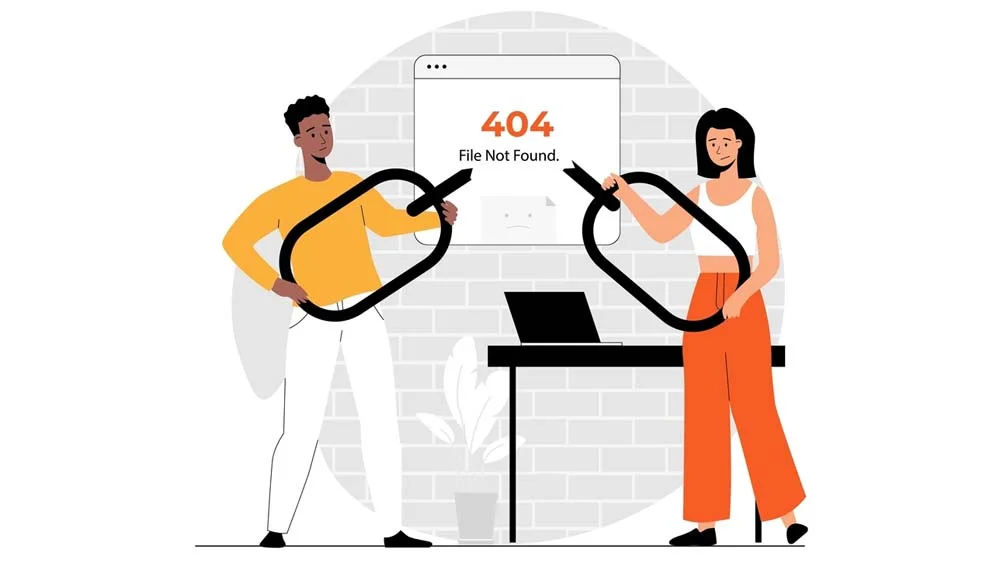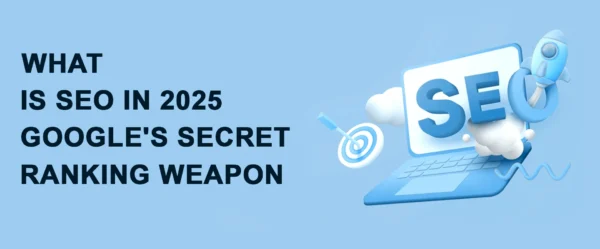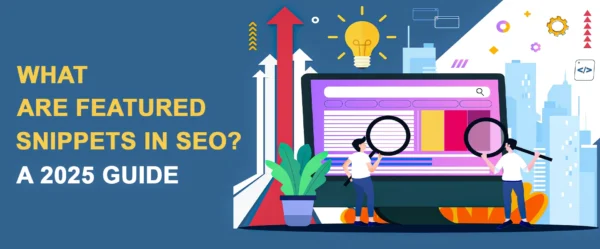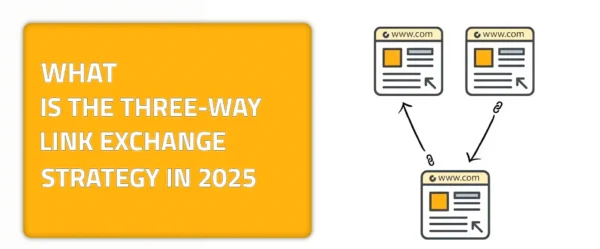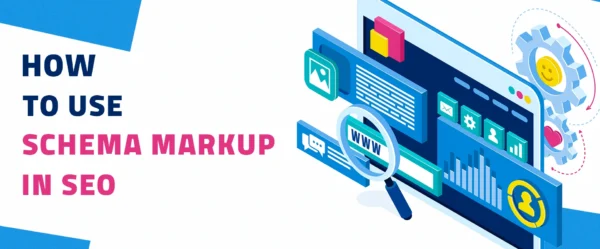Imagine the following scenario: you’ve spent countless hours crafting high-quality content, reaching out to websites, and building backlinks that help your site soar to the top of SERPs. Then, one day, poof, and they’re gone. Like those pairs of socks that tend to mysteriously vanish in that laundry black hole that no one seems to know where it originates. Backlinks can disappear without warning as well. This can leave you scrambling to figure out what went wrong. The good news? Unlike socks, lost links aren’t gone forever. And there are ways that you can reclaim lost links easily. With the right strategies, you can track them down and bring them back to life.
Reclaiming lost links isn’t just about recovering something you’ve lost; it’s about preserving your hard-earned SEO authority and traffic. We all know that you have to work very hard in order to rank high and achieve that website ranking success every website owner wishes for. Think of it as finding treasure buried in your own backyard. This article will guide you through understanding why links go missing, how to track them, and the best ways to reclaim them. That is, while adding a little spark to your SEO journey. So, grab your note and let’s get started.
What Are Lost Links and How Do They Occur?
Lost links are essentially backlinks that once pointed to your website. But what makes them lost is the fact that they no longer do. It’s like having a friend who used to rave about you to everyone they met but suddenly went silent and doesn’t talk about you like they used to. Why does this happen? What can cause links to be lost? Links can vanish for a variety of reasons, and understanding them is key to retrieving them back.
Sometimes, a website owner updates their content and removes your link unintentionally. Other times they do it intentionally (ouch, I know that hurt). Additionally, sometimes it’s due to technical issues like broken URLs or a shift in site structure. And let’s not forget those situations where the entire page linking to you is deleted, leaving you high and dry. I know that it might be something that frustrates you; however, this guide has your back. Let me elaborate more on it.
For example, say you wrote an amazing article about sustainable fashion, and a popular eco-blog linked to it. Then, a year later, they revamp their site, and your link disappears. Frustrating, right? Knowing the “why” behind the loss is your first step in recovering that valuable link of yours. Don’t worry, and please don’t take it personally, because sometimes it really isn’t personal. It’s just the messy nature of the internet and its hassles.
The Impact of Lost Links on SEO and Website Traffic
Losing backlinks might not sound like a big deal at first. After all, what’s one less link among hundreds, right? Well, actually, no, that’s wrong. Backlinks are like tiny little endorsements that tell search engines, “Hey, this site knows what it’s talking about and is comprehensive and valuable enough!” When they disappear, it’s like those endorsements being revoked or no longer there.
The ripple effects can be surprising and, unfortunately, not in a good way. Your domain authority might take a hit, which could lower your position in search results. This means less visibility, fewer clicks, and ultimately, less traffic. And if the lost link was from a high-authority website, the damage can feel even more painful to you. That is because high-quality websites are of the essence. They back you up and empower your backlinking profile greatly.
Picture this with me: your website’s blog post on digital marketing trends used to rank on page one of Google, thanks in part to a few strong backlinks. Ones that you had with reputable other sites in your niche. Suddenly, you notice it slipping down to page two, or worse. It’s like watching a Liverpool match without our ultimate favorite, Mo Salah, as the team’s star player mid-season. The good news? Reclaiming lost links can often restore your SEO game. The even better news? It’s not as hard as you think to execute. Here are some tips to help you reclaim lost links.
How to Reclaim Lost Links? Top Tools to Identify Lost Links
Before you can fix a problem, you need to know it exists, right? That’s where link-tracking tools come in handy and are the ultimate lifesavers. Think of them as your trusty magnifying glass for spotting those elusive lost links.
You can use Ahrefs, for example, as your private investigator for your backlinks. It not only shows you which links you’ve lost but also gives you clues about why they’re gone. Google Search Console, on the other hand, is like that old-school friend who tells you the basics. It is useful, but not as detailed. Then there’s SEMrush, which combines detailed reporting with user-friendly features, making it a favorite among SEO enthusiasts.
Using these tools regularly can feel like running a health check on your website. They help you spot the “missing persons” or, in this case, “missing links” in your backlink profile and give you the data you need to start reclaiming them. It’s not just about finding lost links; it’s about staying proactive to prevent future losses.
Strategies to Reclaim Lost Links Efficiently
Let’s talk solutions now. Reclaiming lost links is not another lesson in chemistry, but it does require a bit of strategic thinking. Additionally, it wouldn’t hurt to add a dash of charm to it all. One tried-and-true method is outreach. Don’t panic, though. I know that creating an outreach strategy is something that people tend to find very tiring and overwhelming. However, it is simple. When you notice a link has gone missing, reach out to the website owner or webmaster. Be friendly, polite, and, most importantly, helpful. Highlight where the link used to be and suggest an updated or alternative resource they could use. Don’t just go attacking the site owners for removing your link. Most webmasters appreciate it when you make their life easier, so don’t shy away from suggesting fixes.
Then there’s the art of fixing broken links. This can happen on your end, too, especially if you’ve restructured your website and left old URLs dangling like loose threads. A simple 301 redirect can solve this. It can simply guide users and search engines to the right place. And let’s not forget the challenge of recovering links from deleted pages. This one can be tricky, but it’s not impossible. Reach out to the site owner and suggest new, relevant content they could link to instead. It’s all about compromising and making it a win-win situation for you and them.
Best Practices to Prevent Losing Links in the Future
You know there is that old saying that says: “Prevention is always better than cure.” The same applies to backlinks. Why wait for a link to go missing when you can stop it from happening in the first place? Learning not to fall twice after falling once is the trick of life. And that is why this is one step that is important for you to learn and execute.
You can start by monitoring your backlink profile regularly. Tools like Ahrefs or SEMrush make it easy to keep tabs on what’s happening behind the scenes. Don’t wait after you lose links. Make sure to keep tabs on your profile regularly. This way, you can spot potential issues early and act before they get stacked into bigger problems that you wouldn’t be able to afford turning your eyes off for.
Another essential step is keeping your content updated. Nobody wants to link to outdated or irrelevant information. That is why you need to make sure your pages’ content remains fresh, unique, and valuable with new perspectives and trends that are up-to-date. And if you ever have to change your URL structure, plan your redirects carefully. In order to avoid breaking existing links. Building strong relationships with webmasters can also be a game-changer. When you’re on good terms with the people linking to you, it’s easier to request updates or fixes when needed. Think of it as nurturing your network and broadening your SEO horizons. It’s not just good for link building; it’s good for your business in an overall overview of it all.
Wrapping It Up!
Lost links don’t have to be the end of the story. In fact, they can be the beginning of a smarter, more strategic approach to link building. When you understand why links go missing, use the right tools to find them, and apply effective strategies to reclaim lost links, you can turn setbacks into opportunities. That is without facing any hassles and by always being ready if one occurred.
So, don’t let those missing backlinks keep you up at night. Instead, take action and make reclaiming them a regular part of your SEO maintenance. Ready to level up your link-building game? Explore linkexchange.ai for an easier, faster way to manage and add strength to your backlinks. Sign up today and watch your SEO efforts reach new heights!


